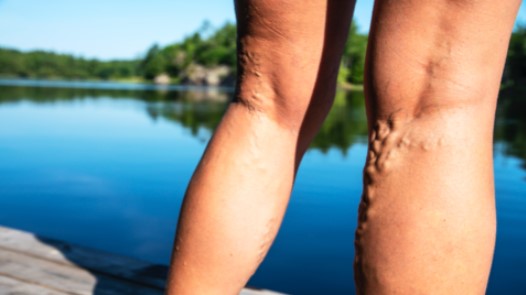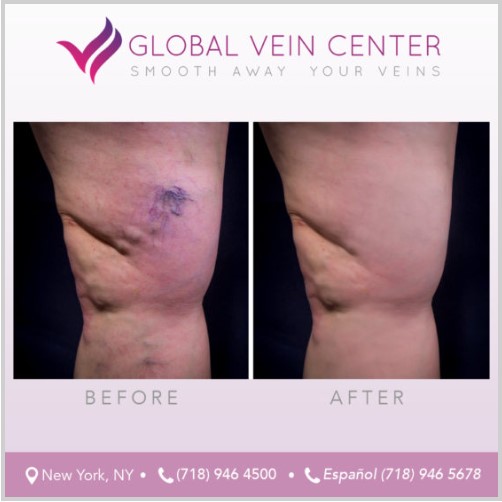Varicose Veins

What are varicose veins?
Varicose veins are bulging, dysfunctional veins caused by weakened or damaged vein walls and valves. Leg veins carry blood back to the heart against gravity with the help of one-directional valves. When these valves do not close and seal properly, blood moves in both directions, causing the veins to enlarge, dilate and twist. Not just a cosmetic issue, varicose veins may pose health problems if left untreated.
How do you diagnose varicose veins?
provides medication services that can be continued with your The Venous Doppler Ultrasound revolutionized the understanding and detection of varicose veins. The non-invasive procedure uses sound waves able to map out the abnormal direction of blood flow, size of veins, blood clots and other abnormalities.primary care provider
Who gets varicose veins?
In the U.S., more than 40 million people, or one out of five adults, have varicose veins. Similar to spider veins, a person’s chances of developing varicose veins are increased with a family history, when overweight or during pregnancy in women. Additionally., people whose jobs require them to stand for extended periods of time are also subject to developing varicose veins.
Why treat varicose veins?
Active leg muscles may compensate for the backflow of blood and keep people with varicose veins asymptomatic for quite some time. However varicose vein conditions tend to progress with time and eventually cause leg pain, cramps and a heavy sensation. Also, gradual changes take place, like leg swelling, skin thickening, discoloration, inflammation and pigmentation. More serious complications can include bleeding, skin ulcers and blood clot formation.


Medical evaluation of varicose veins
A vascular specialist will determine the best course of action to treat patients’ varicose veins based on their symptoms, utilizing the Venous Dopper Ultrasound as a guide. Conservative treatment for varicose veins includes wearing compression stockings, daily leg exercises and a change in lifestyle. These measures, however, do not cure varicose veins. New, minimally invasive procedures are able to detect, close and therefore, eliminate the faulty veins all done in an office setting under local anaesthesia. These procedures are highly effective, pain-free and are covered by many medical insurancess.
